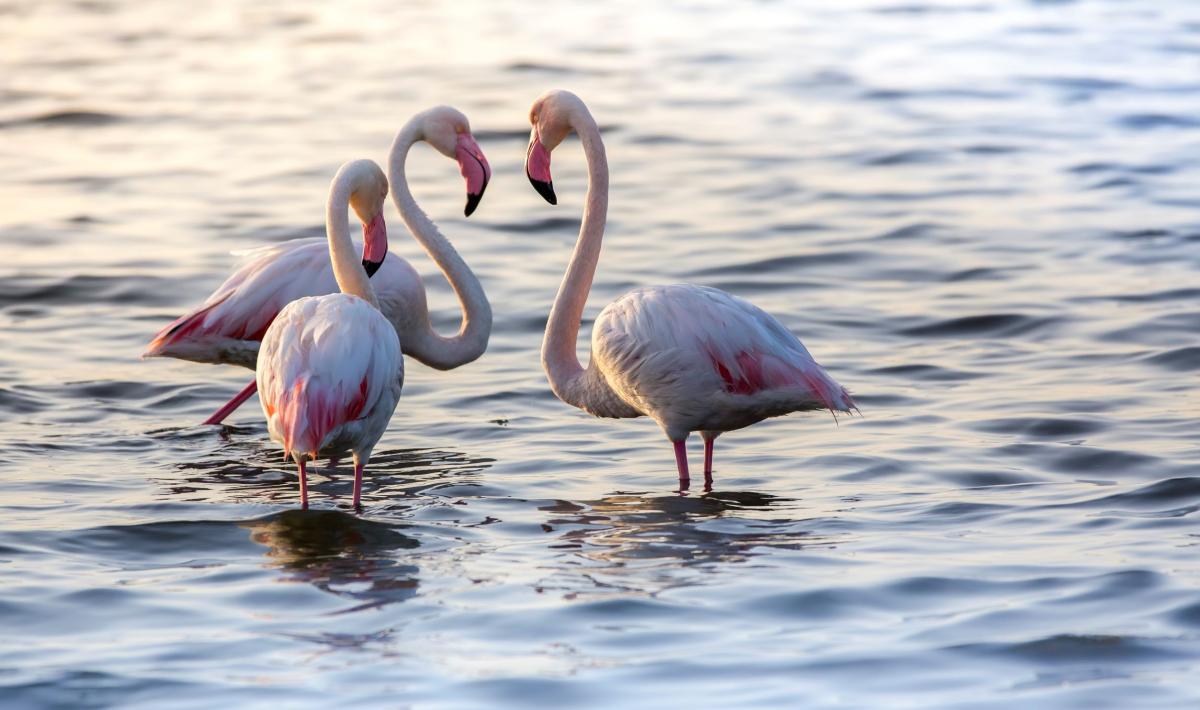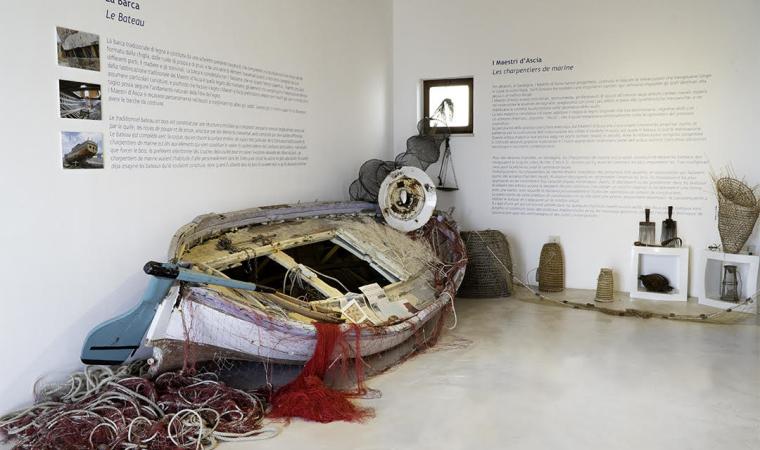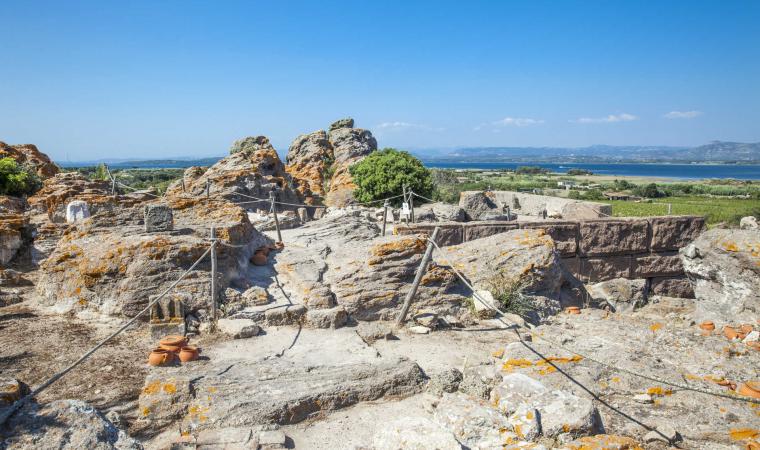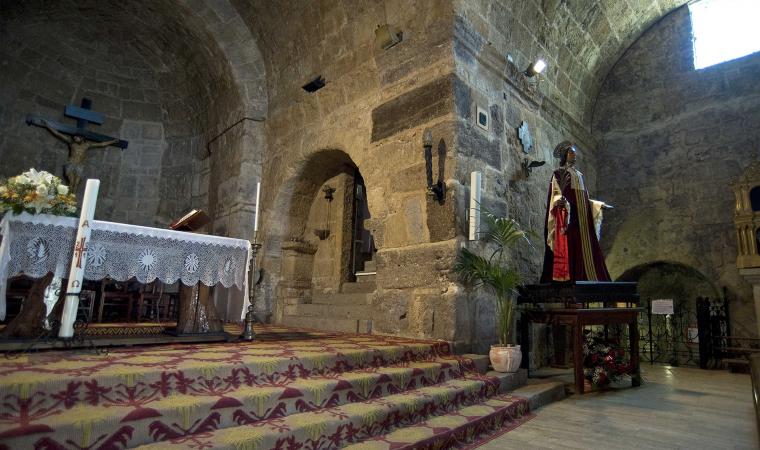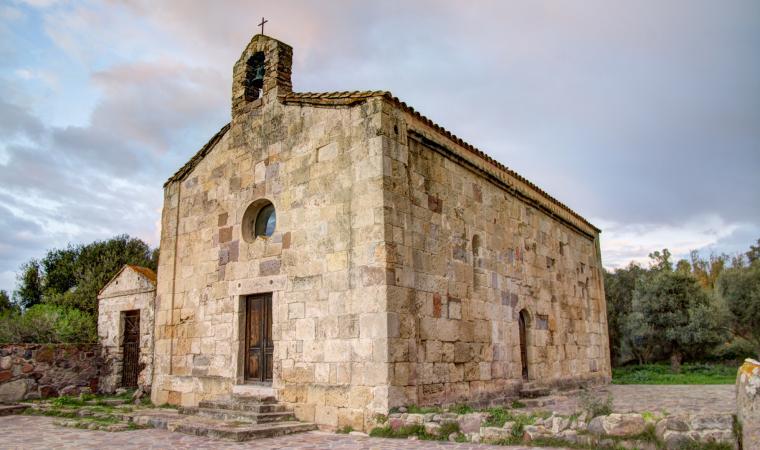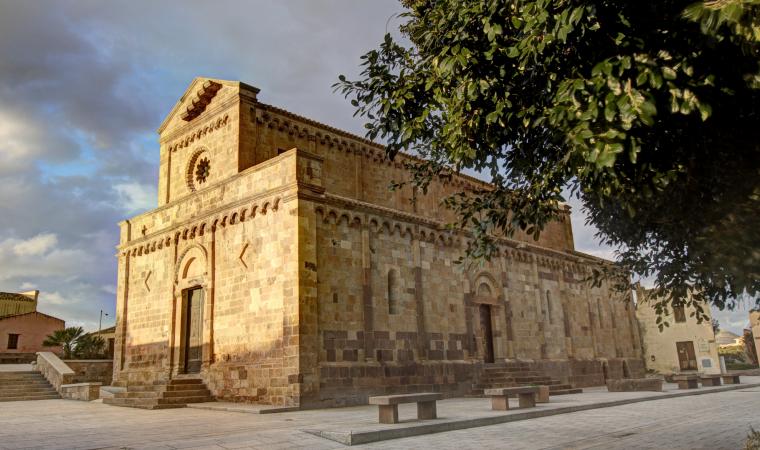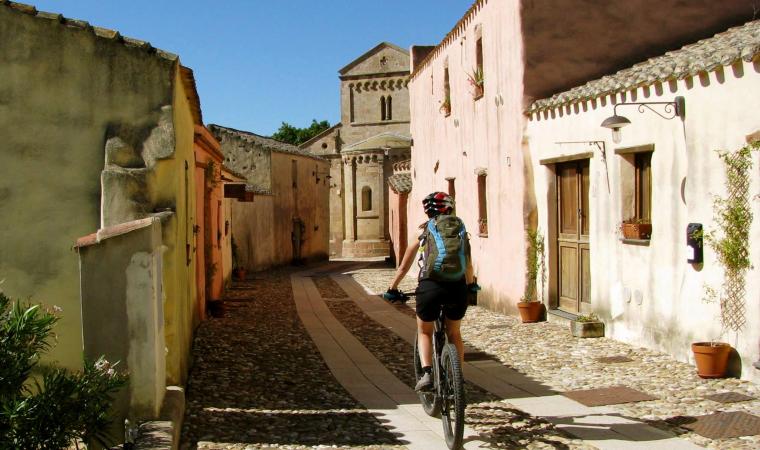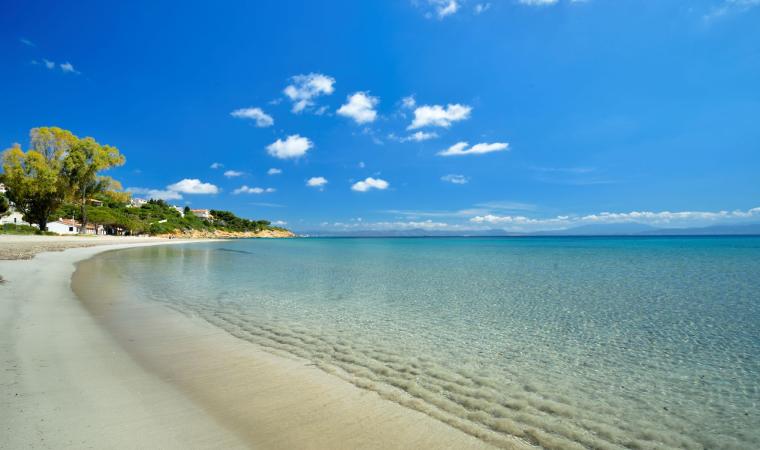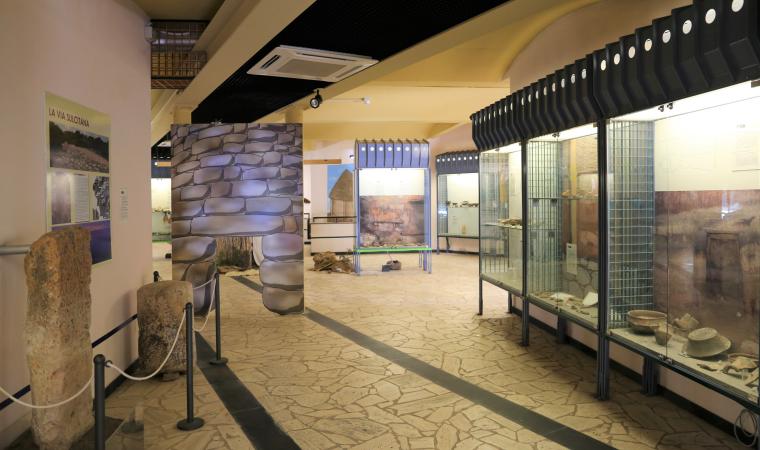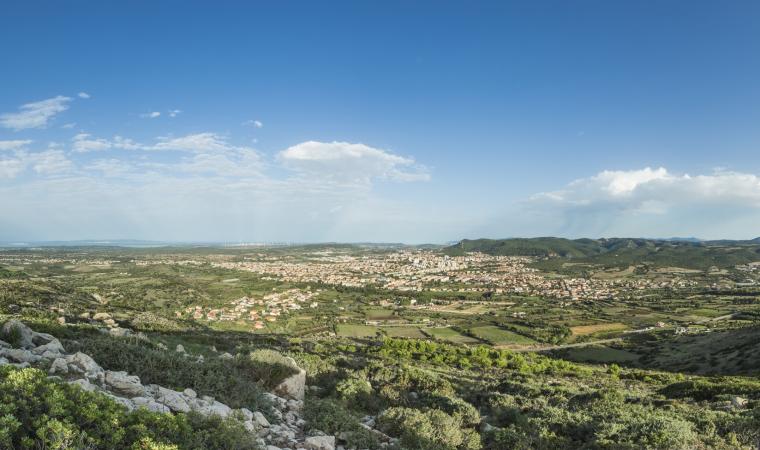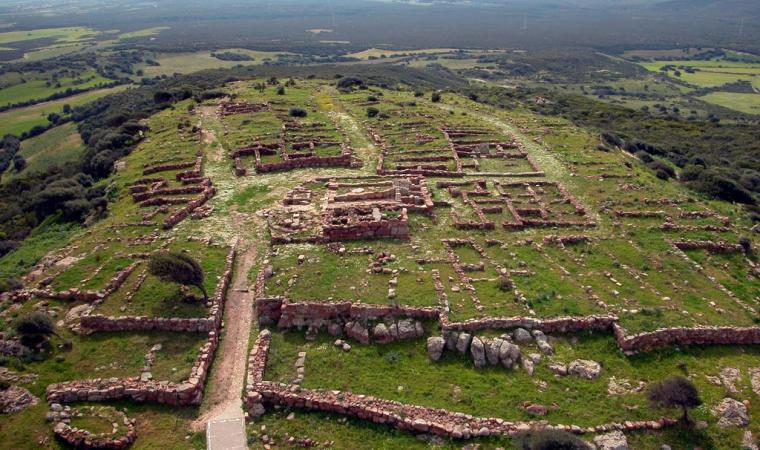The stretch of Sulcis coast between Porto Pino and the island of Sant’Antioco is dotted with wetlands, from the ponds close to the beach of Is Arenas Biancas to those of Porto Botte and Porto Baiocco. Further north, the Santa Caterina lagoon appears, next to the isthmus that connects Sant’Antioco to the mainland, and is separated from the sea by a strip of sand. Thanks to the surfacing of the sandbar, which occurred over thousands of years, the borders of the lagoon area became defined and were fed by two waterways, the Rio Palmas and the Rio Sassu. It extends to the left of the artificial link that leads to the largest island of the Sulcis archipelago and all of Sardinia. You’ll be welcomed by pink flamingos in flight, while yellow fields of broom surround the landscape in spring. The colours of the lagoon arouse even stronger emotions at sunset, with scenery that you can immortalise in spellbinding photos. An infinite number of plant species and aquatic birds will appear before your eyes and, thanks to the presence of this biodiversity, the site has become a special area of conservation. Santa Caterina has 187 flower species, including the strobilacea glasswort, which only has such a large population in this corner of the Island. In addition to flamingos, birdwatching enthusiasts will be able to admire purple herons, avocets, black-winged stilts, cormorants, western marsh harriers, yellow-legged gulls, night herons and little bitterns. This is also the habitat of several amphibian and reptile species, such as tortoises and green toads.
Through the Porto Pino canal, the waters of Santa Caterina feed the adjacent Sant’Antioco salt pans, among the most important in Italy. In fact, until the mid-20th century, the lagoon was used as a fishpond. Since the 1960s, various canalisation works have allowed the separation of fresh and salt waters, so the fishing activity has moved to the ponds further south, while the lagoon has become a fundamental part of the salt production system.
Sea, nature, archaeology and culture, the island of Sant'Antioco is all this and more. Its main centre, the town of Sant'Antioco, is heir to the ancient Sulky and has preserved Phoenician and Carthaginian vestiges. There are numerous traces of prehistoric times around: Domus de Janas, menhirs, nuraghi and Giants’ Tombs. The main monument is the Basilica of Sant’Antioco, built on the only Christian catacombs found in Sardinia, where the African holy martyr, patron saint of the Island, may have been buried. The festival dedicated to him is the oldest Sardinian religious festival. In addition, the beaches of Antioco are not to be missed: on the eastern coast Portixeddu, the closest to the town, Maladroxia and Coqquaddus, on the opposite side, the scenic Arco dei Baci at is Praneddas and Cala Sapone. Lastly, there are the coastal treasures of Calasetta, the other town on the island, in its northern part, from the beaches near the village - Sottotorre, Spiaggia Grande and Saline - to the lighthouse of Mangiabarche.

